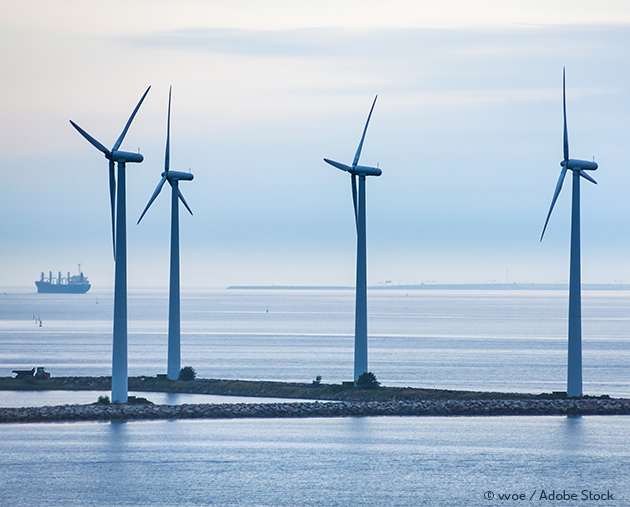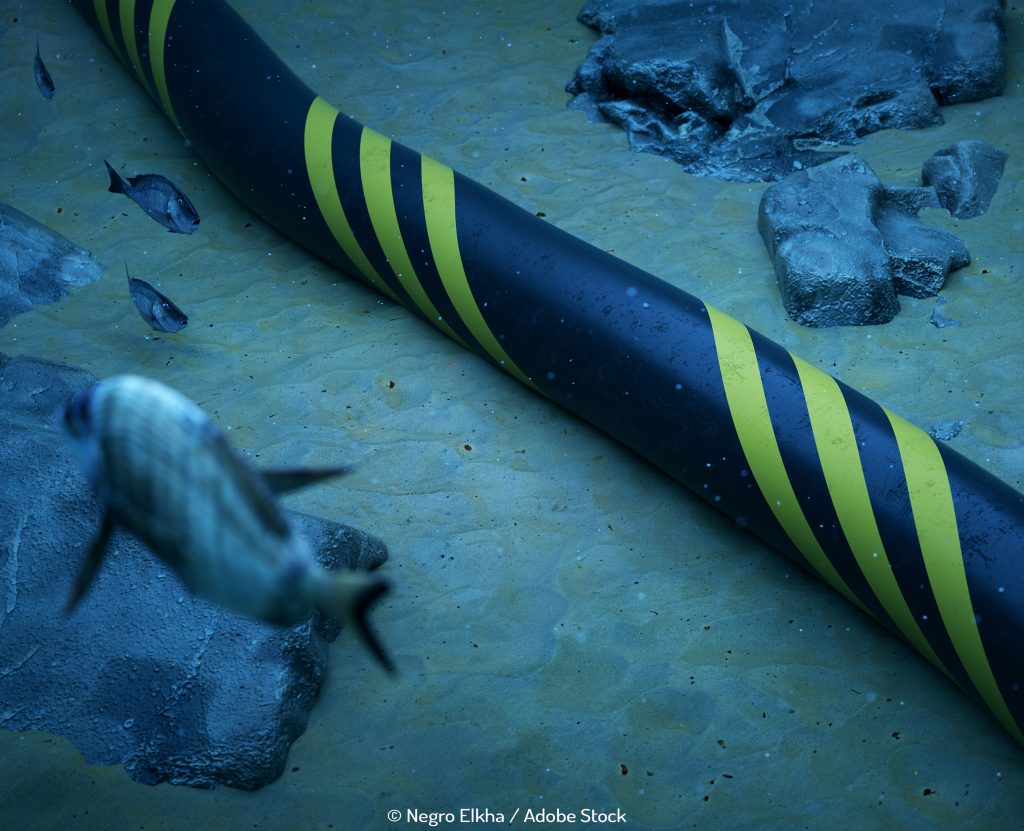
Cost Reduction of Offshore Wind
If the future of offshore wind depended on catchily-named projects, we’d be doomed. Happily, it does not, and so we can scan the horizon with optimism at the news of the launch of the “Integrated Implementation of Industrial Innovations for Offshore Wind Cost Reduction” project, from Siemens.
What it’s going to do is actually pretty neat too. As the company itself says, “an enormous engineering puzzle will be assembled” with the aim of significantly reducing the cost of offshore wind power by 30%. The company is considering North Sea locations for possible test sites.
Thanks to a grant from the EU’s Horizon 2020 in the region of €20m. Siemens and Aalborg University have brought together a total of 15 project partners for this ambitious piece of work. Their plans involve dropping a new 1000-tonne bucket foundation, a steel jacket, a concrete transition piece and a new cable connection to support the hypothesis that the i4Offshore project (a marginally better nickname) – a future version of a full-scale Siemens Gamesa offshore turbine – is not only reliable, but that it can be produced, transported and installed more cost – effectively than anything around today.
Lars Bo Ibsen, Professor at Aalborg University says: “We already have a lot of pieces that we know work separately. Now we are in the process of assembling them into a large puzzle, and testing that they work together. As this is proven, we look to demonstrate to customers, banks, and investors that offshore wind makes even more financial and environmental sense for the future.”
Ultimately success will be determined by the Levelised Cost of Energy (LCoE) calculations. For those unfamiliar, this is the average amount that you will pay for each unit of power that the farm will generate. It takes into account every single cent that goes into making it and its upkeep, and divides that by the electricity produced over its lifetime.
Siemens may also apply their own SCoE calculator. This is an enhanced version of the LCoE which ‘represents the real cost/benefit ratio as a macro-economic yardstick’ by taking into account other issues such as social costs, geopolitical impact and (partially hidden) subsidies. When applied to the cost of wind power – it says offshore beats land-based wind farms ‘considerably’ in terms of cost.
It’s been a 15-year labour of love to get to this point. And the commitment to ensuring that this truly is future-proofed is showcased in attention to details like researching how to obtain the most minimal environmental footprint. Things like installing the bucket foundation “virtually noise-free” for example. They’ve going to suction it into the seabed (much like a plunger) instead of battering a monopile down from above. It’s not the first time it will have been done: in March 2018, Vattenfall installed the first at the European Offshore Wind Deployment Centre in a mere 15 hours.
This approach has benefits at the beginning and also interestingly the end-stage of the farm’s life, according to Jesper Moller, project lead and Senior Specialist in Offshore Technologies at SGRE: “(It) benefits whales and other undersea life by eliminating the soundwaves which hammering causes. Also, once the wind turbine has exhausted its many years of operational life, the suction buckets, jacket foundation, and transition piece can be decommissioned and removed relatively easily. The materials, including steel, concrete and cables, can be re-used in a highly resource-efficient manner.”
With an eye on the current trends of the offshore industry, greentechmedia.com says the jacket foundation has the potential to perform better than monopoles as turbine size increases, as well as the depth of the water. Also, for emerging markets which lack any monopile manufacturing supply chain, making the jackets could just be a lot simpler. It highlights the Block Island project which used jackets made by the Houston-based Gulf Island Fabrication, rather than shipping out monopoles from Europe (which surely plays to Trump’s hand, in itself a shot in the arm for the US offshore industry…).
What we’re also seeing in the market is an appetite for gargantuan turbines. The 10 MW sort with blades the length of a football field. 20 in a farm could light up Berlin for a year, and just one could power 10,000 homes. It is the second company to develop these – after MHI Vestas showed off theirs in September.
The industry’s confidence is showing. With commitments to new technology and seriously big turbines, this is a sector that has no intention of biding its time.


